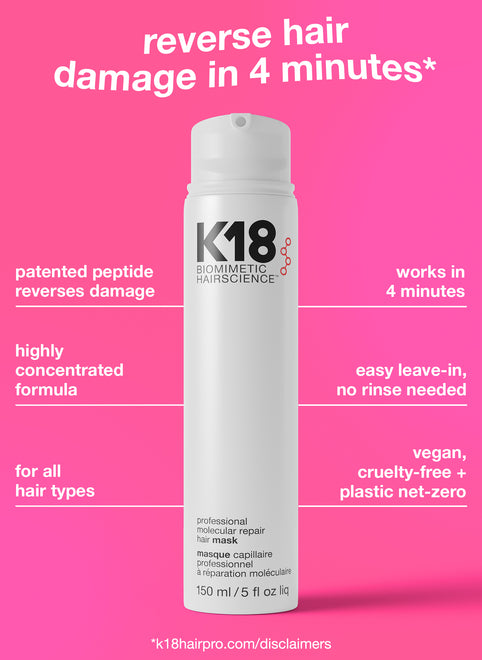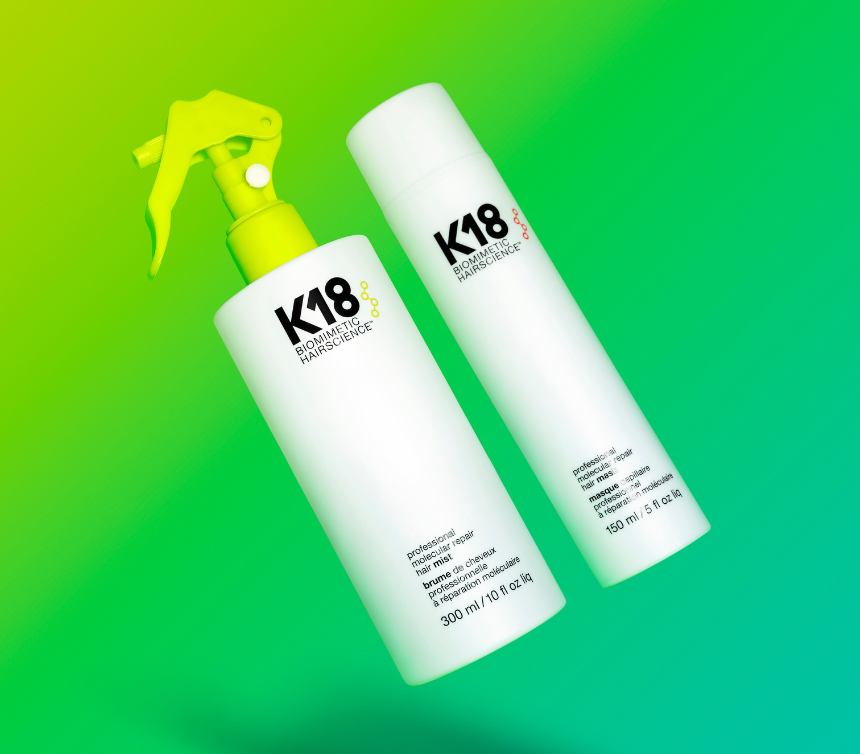If your routine involves heat—this one's for you.
Hot tools are no match for hair science. Whether it’s a birthday blowout or effortless, everyday waves, we all use heat to achieve certain styles. The reality is: putting any heat on your hair, no matter how low or infrequent, causes damage.
If you’ve been wondering what happened to your bouncy curls, it’s time to talk about what heat does to your hair (and what you can do to protect it).
Let’s start with the basics.
what is heat damage, exactly?
When you apply heat to your hair via a hair dryer, flat iron, curling wand, or diffuser, you’re disrupting its internal structure. Hair is made up of keratin protein, and exposure to high heat breaks down the hydrogen bonds that help keep strands strong and elastic. The cuticle, the outermost layer of the hair, can lift and break down, making the hair more susceptible to further damage.
Heat damage goes deeper than you think—all the way down to the cortex, the inner layer of your hair responsible for strength, shape, and color retention. Once that internal structure is compromised, hair becomes weaker, duller, and more prone to breakage.
“Think of it this way: your hair is like a well-constructed building,” says Rita El-Khouri, VP of Innovation at K18. “The cuticle is the outer facade, while the cortex is the structural foundation. When you blast it with 400°F heat, you're essentially weakening the entire architecture from the inside out.”
how to know if your hair is heat damaged
You might not see damage happening in real time, but you'll notice the aftermath. Do any of these sound familiar?
-v1752772671247.jpg?3840x1600)
color fade: Heat breaks down dye molecules in the cortex and creates a more porous surface that causes color to leak out faster. That $300 balayage? Gone in half the time.
breakage: Weakened protein structures mean less elasticity and more snapping, even when you're just brushing.
dullness: Damaged cuticles can't reflect light evenly, so your hair looks flat and lifeless instead of glossy and sleek.
frizz: Uneven porosity means inconsistent moisture absorption, giving you that halo of flyaways you can't seem to tame.
split ends: The ultimate structural fail–your hair shaft literally splits apart when the damage is severe enough.
why traditional heat protectants fall short
Most heat protectants create a thin film on hair's surface—basically a sacrificial layer that takes the heat hit so your cuticle doesn't have to. While that's better than nothing, it does little to protect the cortex where the real damage happens. It is a band-aid solution to a problem that requires lasting protection to keep hair vibrant.
why protection needs to reach the cortex
For true heat defense that shields hair’s vital protein structures in a meaningful way, you need protection that reaches the cortex, as far as heat damage goes. This is how you can keep color molecules from breaking down and stop breakage at the source.
can heat damage be reversed?
Targeted biotech-powered repair can make a major difference, even in case of extreme heat damage. The K18 molecular repair hair mask is a leave-in treatment that travels deep into the cortex to reverse damage from bleach + color, chemical services, and heat in 4 minutes*. It reconnects broken polypeptide chains, renewing hair strength and elasticity at a molecular level for smooth, bouncy hair.
bottom line: protect your cortex
The future of heat styling isn't about choosing between damage and good hair days—it's about protection that works as deeply as the damage goes, maintaining your hair's integrity from the inside out. Protecting the cortex (not just the cuticle) with the right science-backed system is essential for long-term hair health, color vibrancy, and overall strength.
Rest assured, we’re not asking you to put down the flat iron. Heat happens!
*https://www.k18hairpro.com/pages/disclaimers


.png?v=1706135750468&transform=resize=150x150)
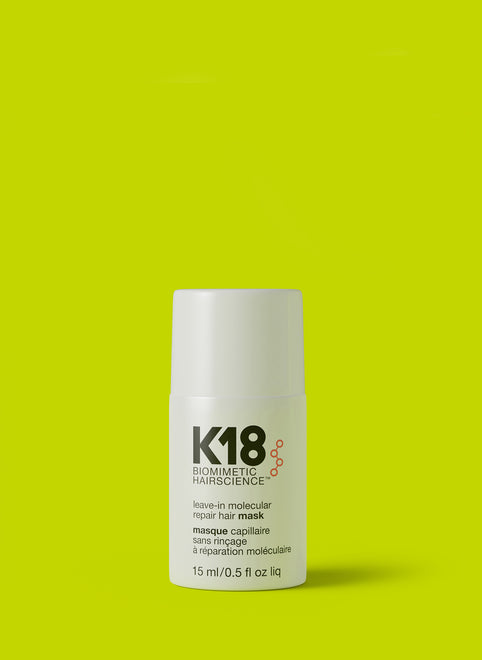
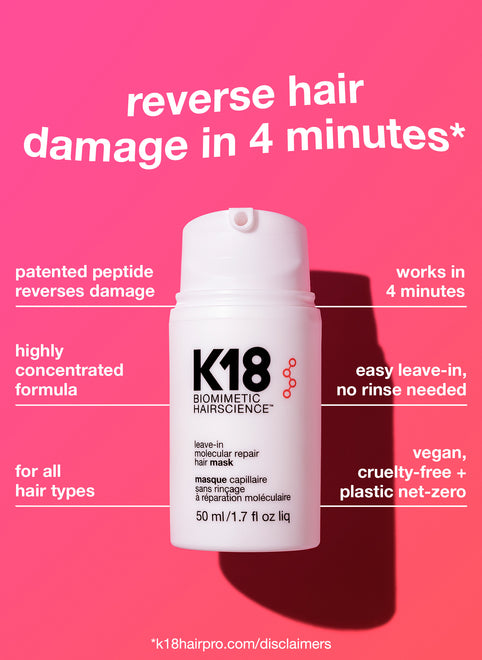
.png?v=1706135693458&transform=resize=150x150)
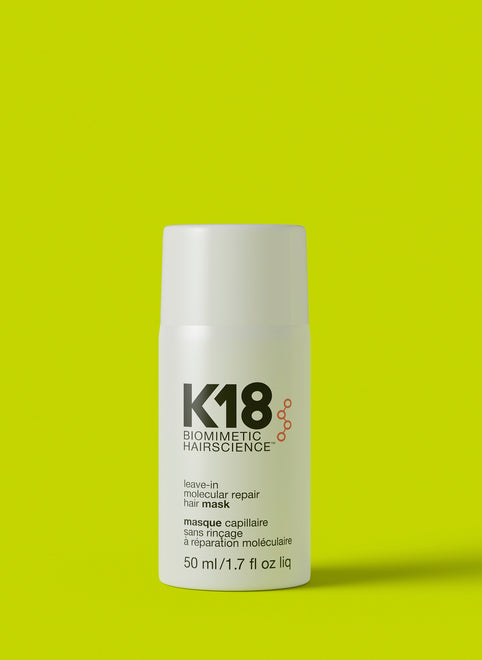
.png?v=1706135824299&transform=resize=150x150)

